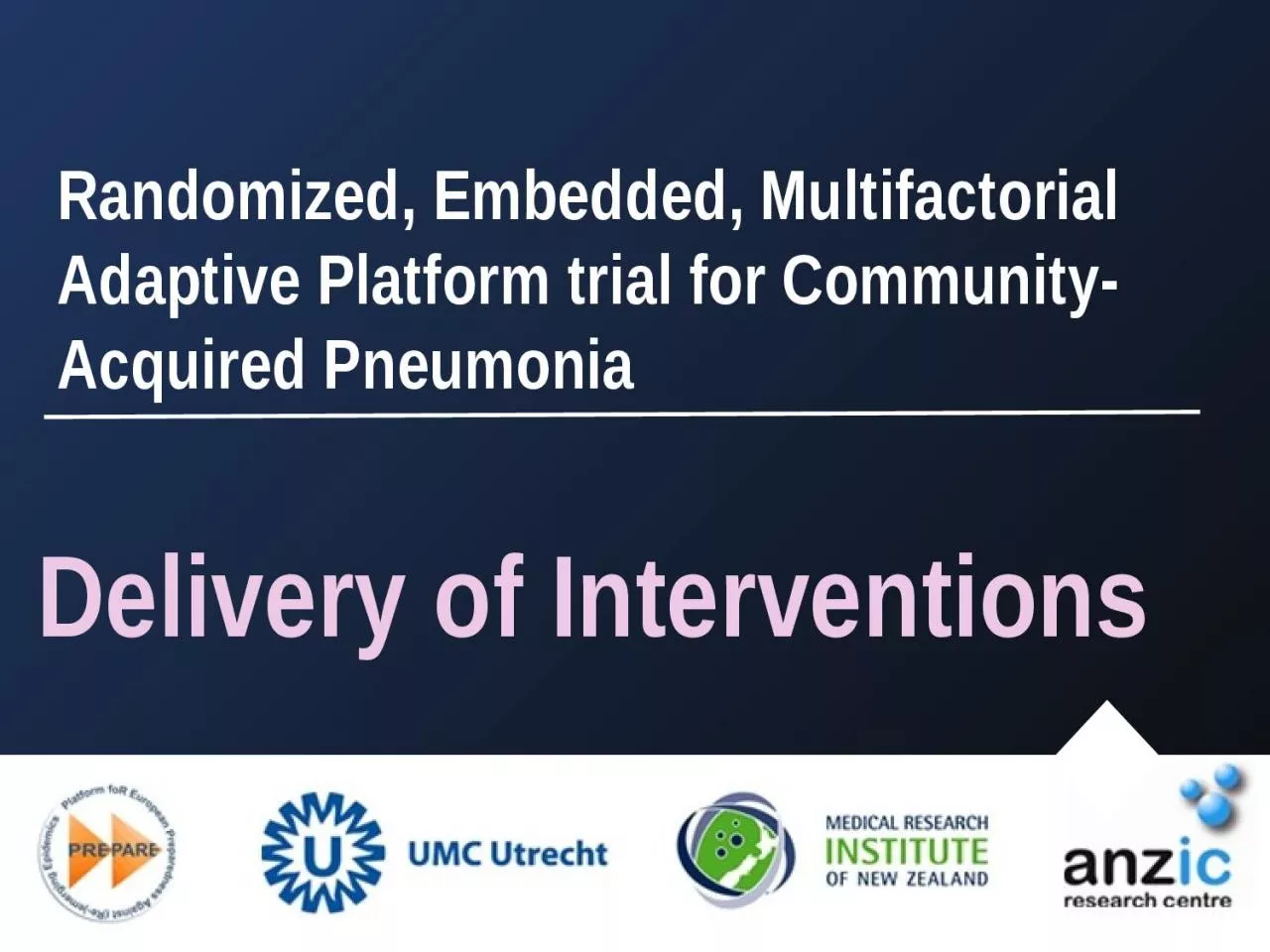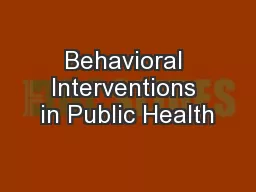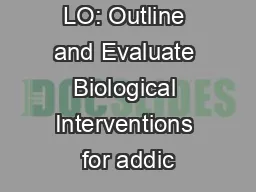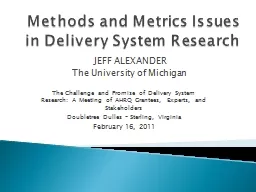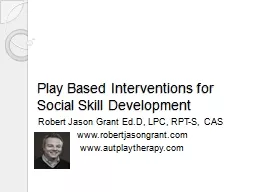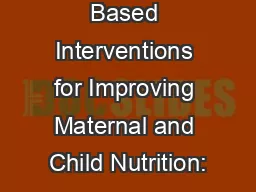PPT-Delivery of Interventions
Author : harmony | Published Date : 2022-06-20
Principles across all domains Open label Prescribe using usual processes Dispense from ICUs own stock No separate supply of study drug No placebo for no intervention
Presentation Embed Code
Download Presentation
Download Presentation The PPT/PDF document "Delivery of Interventions" is the property of its rightful owner. Permission is granted to download and print the materials on this website for personal, non-commercial use only, and to display it on your personal computer provided you do not modify the materials and that you retain all copyright notices contained in the materials. By downloading content from our website, you accept the terms of this agreement.
Delivery of Interventions: Transcript
Download Rules Of Document
"Delivery of Interventions"The content belongs to its owner. You may download and print it for personal use, without modification, and keep all copyright notices. By downloading, you agree to these terms.
Related Documents

